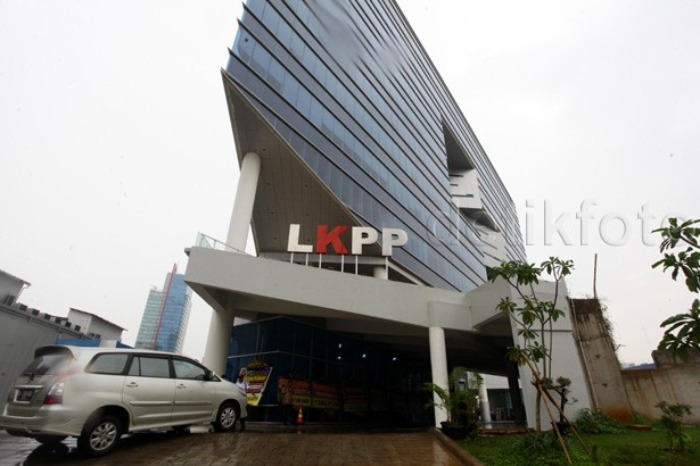
The President Director of Perum Bulog, Ahmad Rizal Ramdhani, revealed the reason behind the slow distribution of Stabilization of Supply and Food Price (SPHP) rice, which has recently drawn public attention. He explained that distribution follows technical guidelines from the National Food Agency (Bapanas), with the main channel through market retailers using the SPHP application.
Retailers must be registered in the application before placing orders, with a maximum order limit of 2 tons per retailer or less depending on their capacity. In addition to market retailers, SPHP rice is also distributed through village cooperatives (Kopdes) Merah Putih, ministry/agency cooperatives, TNI-Polri cooperatives, state-owned enterprises such as PT Pos, ID FOOD, and PTPN, as well as potential collaboration with Pegadaian outlets.
The distribution network is being expanded to compensate for the packaging limitation of 5 kilograms with a purchase limit of two packs per person. However, challenges remain, particularly as some retailers are not familiar with the SPHP app due to outdated devices.
Bulog has deployed regional branches and warehouses to assist retailers, including organizing market operations in areas where rice prices are rising. Bulog data shows the SPHP program runs from July to December 2025, targeting a distribution quota of 1.5 million tons per year. So far, total distribution has reached 16.74 million kilograms across various channels, with the largest absorption from public market retailers.
Coordinating Minister for Economic Affairs, Zulkifli Hasan, urged Bulog to accelerate direct distribution to markets, aiming for up to 10,000 tons per day to ensure faster supply. Meanwhile, the Chairman of Perpadi, Sutarto Alimoeso, emphasized that government rice distribution must be timely, especially during low production periods, to help control food inflation.













